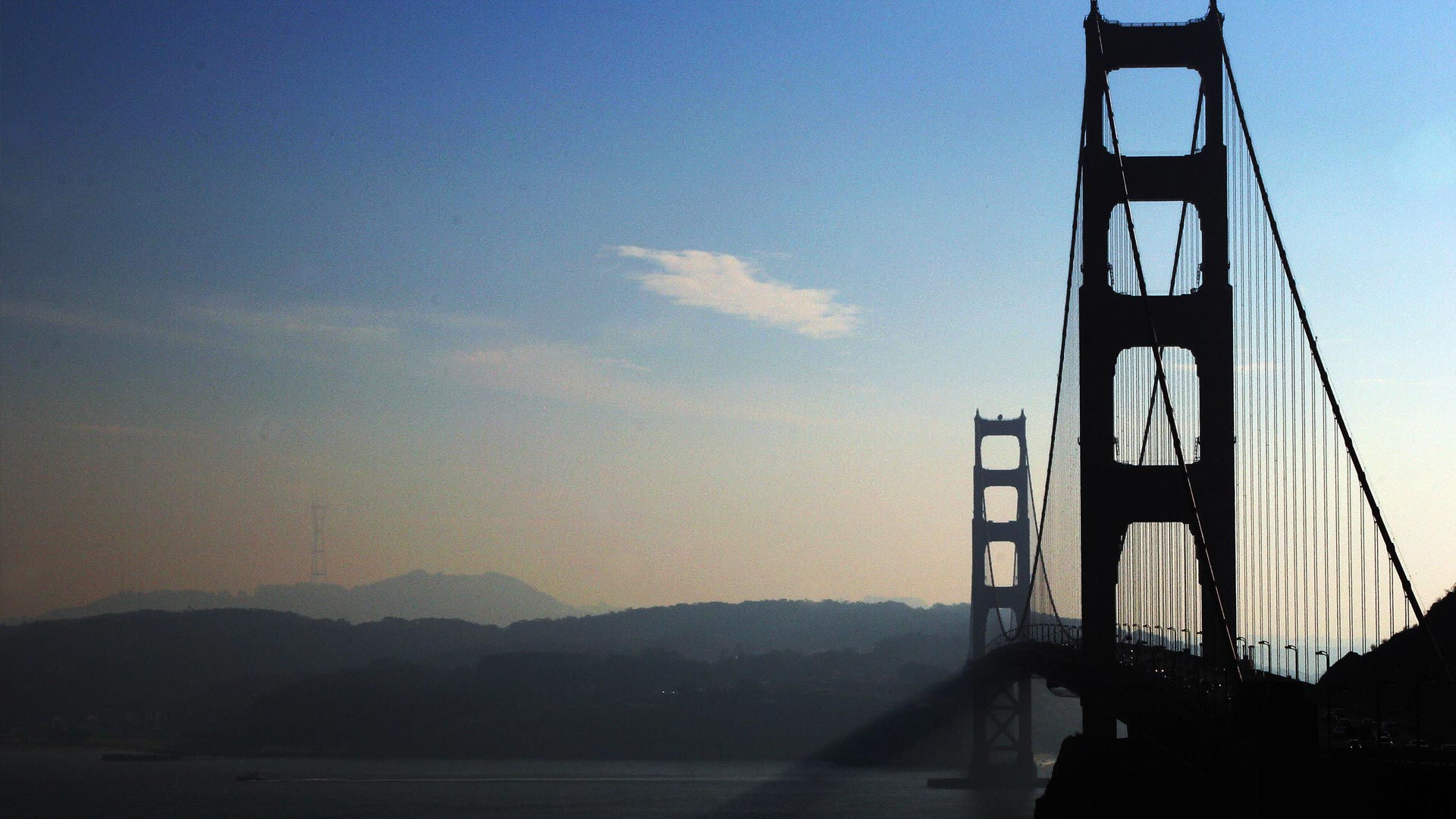Listen to All Things Considered:
Like Lemons? Quinoa? Thank This Food Explorer For Bringing Them To Your Plate
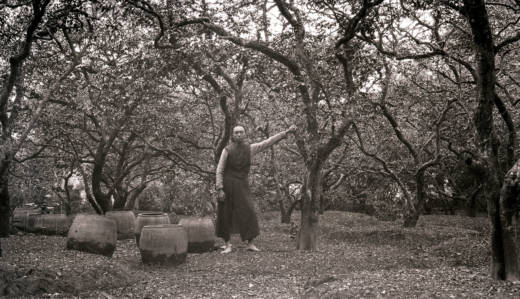
Like Lemons? Quinoa? Thank This Food Explorer For Bringing Them To Your Plate
Botanist David Fairchild grew up in Kansas at the end of the 19th century. He loved plants, and he loved travel, and he found a way to combine both into a job for the U.S. Department of Agriculture.
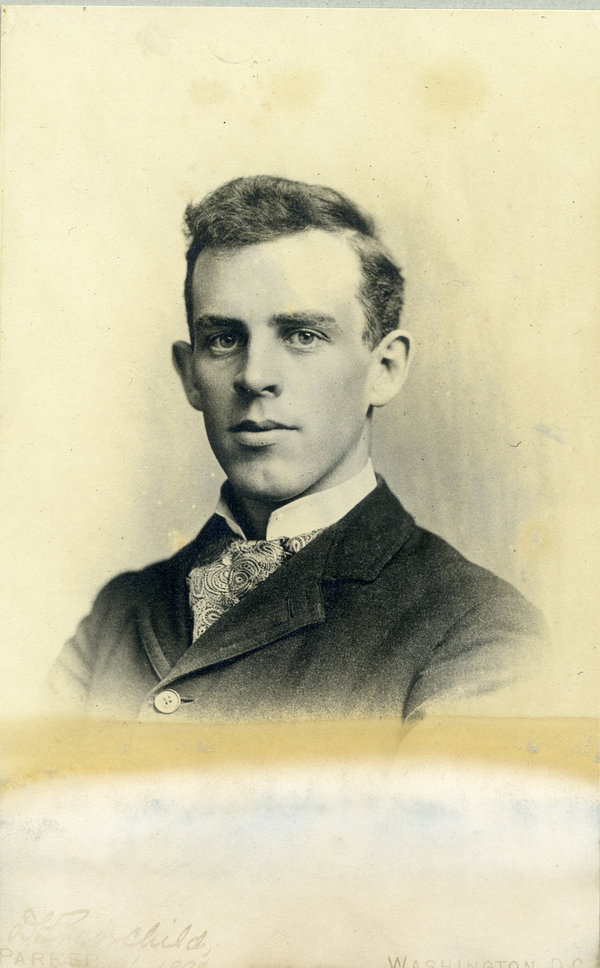
At the age of 22, he created the Section of Foreign Seed and Plant Introduction of the USDA, and for the next 37 years, he traveled the world in search of useful plants to bring back to America. He visited every continent except Antarctica and brought back mangos, quinoa, dates, cotton, soybeans, bamboo and the flowering Japanese cherry trees that blossom all over Washington D.C. each spring, as well as hundreds of other plants.
All Things Considered host Ari Shapiro talked with Daniel Stone, author of The Food Explorer: The True Adventures Of A Globe-Trotting Botanist Who Transformed What America Eats, which recounts Fairchild's sometimes harrowing adventures acquiring the familiar foods we eat and plants we take for granted today.
Interview Highlights
On how common a traveling foodie would have been in Fairchild's time
This was very rare. This was an era where people did not travel very far and travel was very difficult. It was often by boat or steamer.
Yet Fairchild traveled to over 50 countries, and met all sorts of people, some hostile, some diplomatic, and some friendly. He outran diseases, he got arrested, and he made it back with seeds almost every time.
He caught typhoid at one point, he gets arrows shot at him in the Malay Islands, he almost falls off a mule over a canyon in the Andes while he's looking for quinoa — but he survives.
On Fairchild's tactics for finding plants
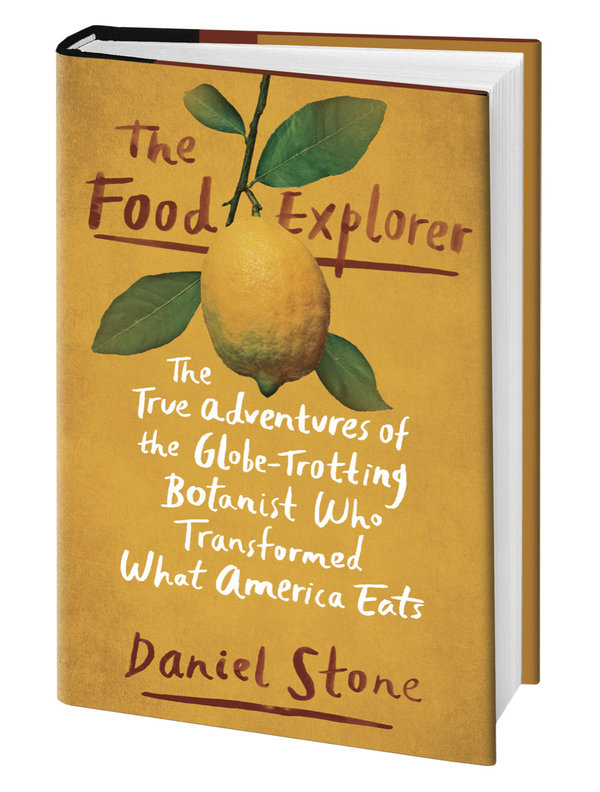
He started out as many of us do in new jobs — awkward and unequipped.
He could steal things, as he did in Corsica, searching for new types of citron, or lemons. He got arrested and had to leave very quickly.
But he eventually develops a strategy of talking with people, going to markets, observing what people are eating and what they're growing. And he sends back seeds and cuttings to try in America.
On how Fairchild was sure he'd discovered the next big thing
In 1903 he travels around southern Africa and he finds a pint-sized pineapple — the size of a banana — very small. He thinks everyone's going to want a small pineapple, but the pineapple growers in the states and in South American say, 'No, people want bigger pineapples.' And now, 100 years later, we have even bigger pineapples.
On whether Fairchild was a genius or just lucky
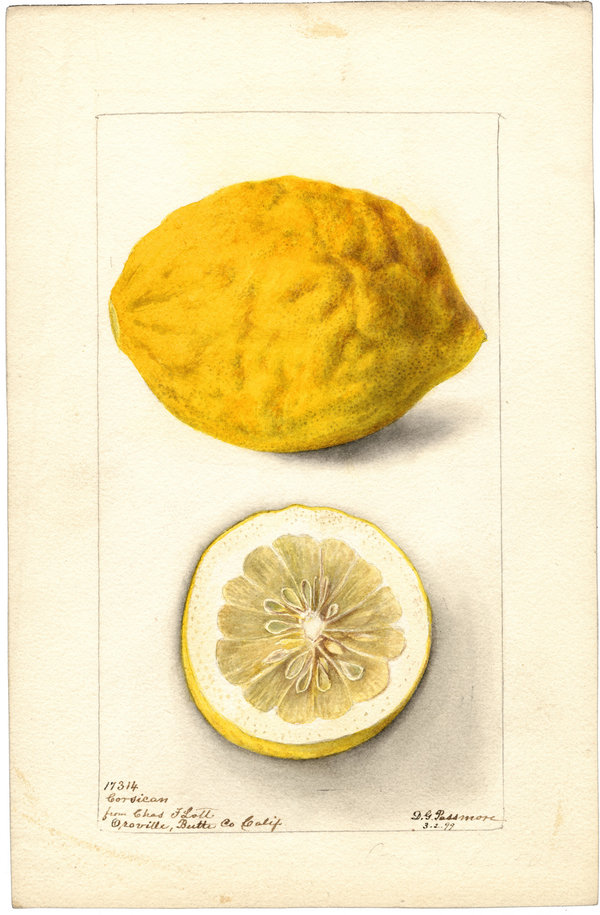
He got lucky. He found a way to feed his wanderlust on a need his country had. So much of the labor force was farmers in that era, and they needed food to grow. The growth of America was the growth of food.
On his efforts to improve existing American food crops
In the late 19th century, American beer was not very good. Germany had been brewing beer for centuries. Fairchild went to Bavaria to find better hops to brew better beer. Now, Germany knew it had great hops and had dogs guarding the hops fields at night.
Fairchild could have stolen some of the hops, but he sees this as an opportunity for diplomacy. He befriends the growers, drinks with them in the beer hall, and eventually one of them says, 'I'll give you some hops but you can't tell anyone and you have to leave tomorrow.'
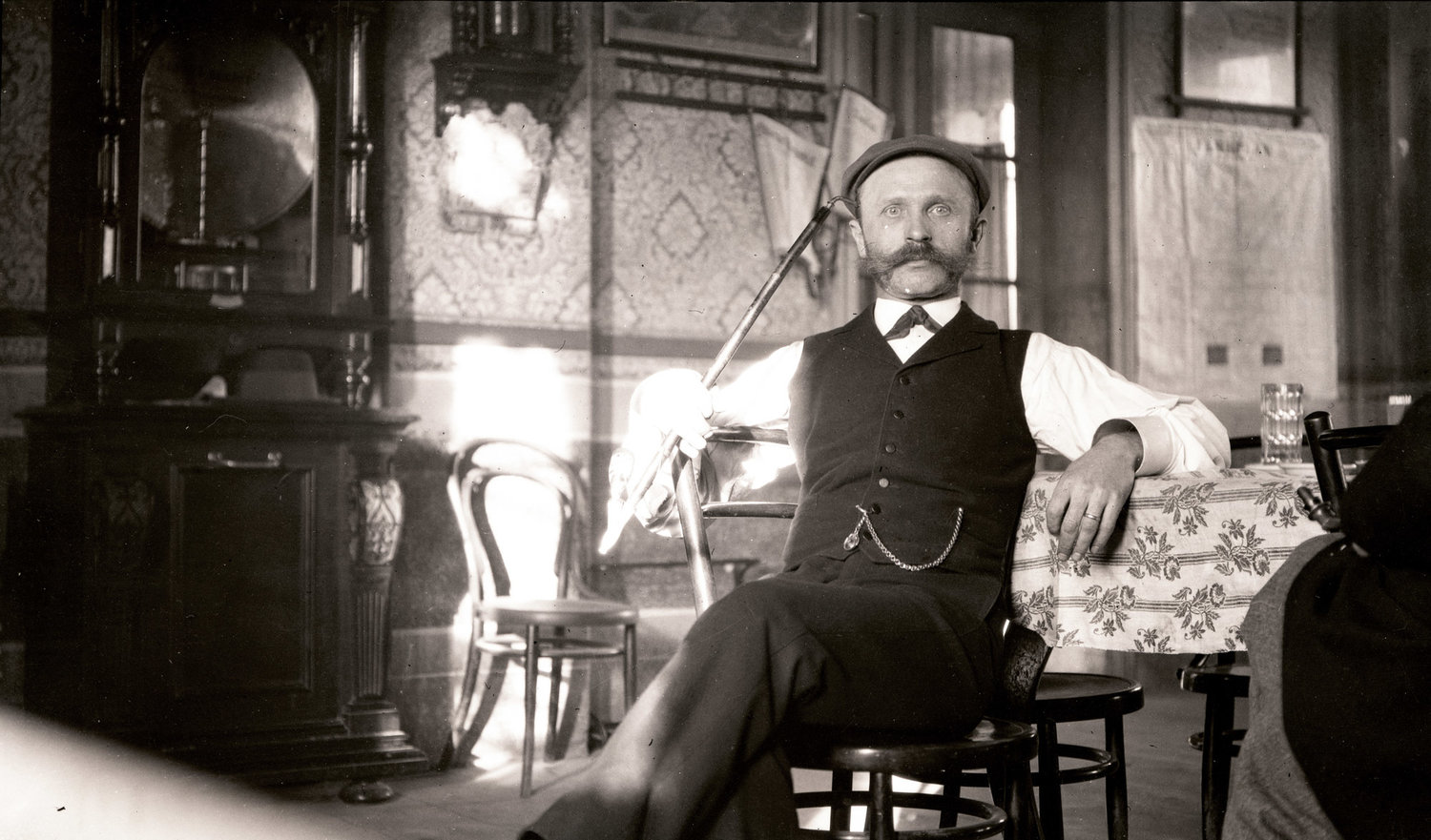
On the role of foods as immigrants in America
Apples come from Kahzakstan, bananas come from New Guinea, pineapples from Brazil, and the oranges and lemons that have fueled the economies of Florida and California? They originated in China ... Almost every food we eat is an immigrant.
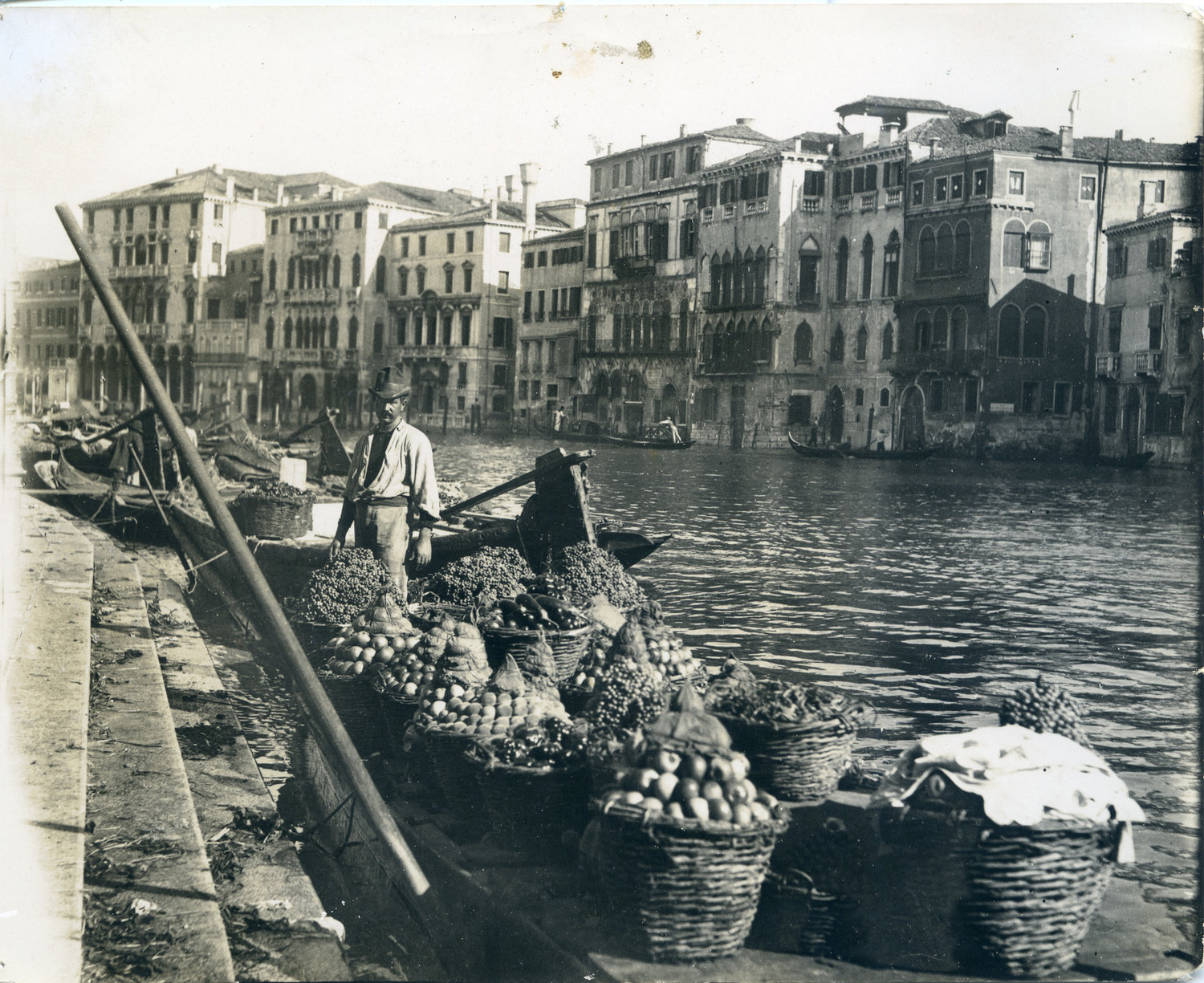
Smokey Baer, Jolie Myers, and April Fulton contributed to this report.
Copyright 2018 NPR.
